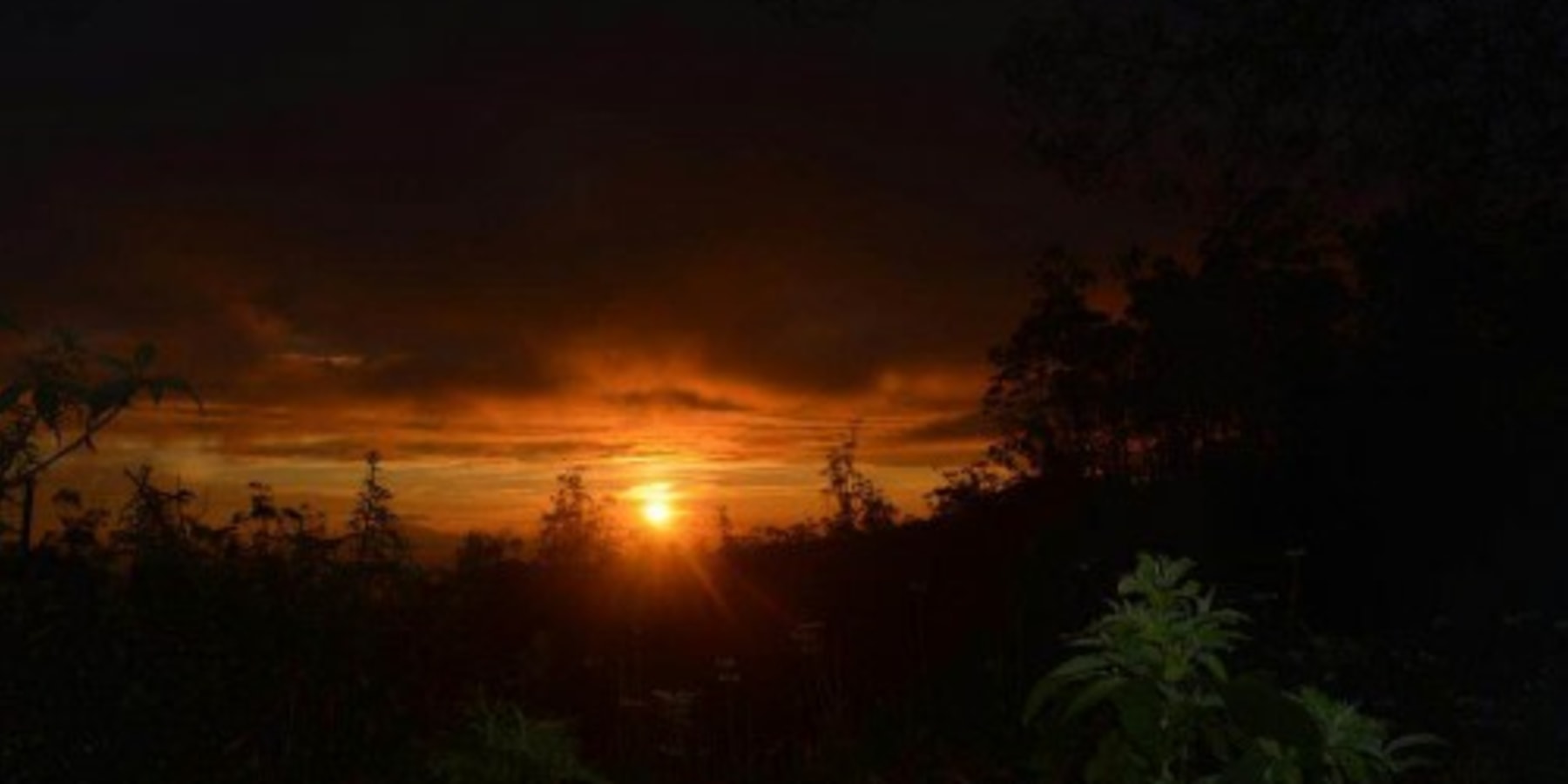
Horton plains National park is a 2100m highland located 32 kilometers from Nuwara Eliya. The name Horton plains was given to the park, honoring the then Governor Sir Wilmot Robert Horton. This park is known to be the highest plateau in the country. Horton Plains was first declared a nature reserve under the Fauna and Flora Protection Ordinance in December 1969, later in the year 1988 this was declared as a national park.
Park receives rainfall from both northeast & southwest monsoons as well as inter-monsoonal rains. The mist and the majestic clouds forming in the park can be a totally awesome experience. The park is characterized by a beautiful landscape of rolling hills, covered in upper tropical montane forest and wet patana grassland.
Horton Plains National Park is of considerable conservation importance as it contains most of the habitats of endemic plants and animals representative of the country's wet and montane zones. Spanning approximately 10,000 hectares the park is also home to a wide variety of flora (57 species, 29 endemic to Sri Lanka) and 24 species of mammals such as elk, deer, giant squirrel, wild boar, wild hare, porcupine and leopard. Fishing Cats and European Otters visit the wetlands of the park to prey on aquatic animals. One of Sri Lanka’s least known mammals, the mouse-deer can be seen in the park.
For bird enthusiasts, there are 87 species (14 of which are endemic), including many migratory birds. All six highland endemic birds are found here, including Dull-blue Flycatcher, Sri Lanka White-eye, Sri Lanka Wood-pigeon, and Sri Lanka Bush-warbler. Yellow-eared Bulbul and Black-throated Munia are widespread throughout the highlands.
The colonially famous Farr Inn, named after the fisherman Thomas Farr and Governor Horton's hunting lodge is being renovated and transformed into a Visitor Centre whilst conserving the colonial architecture. The Farr Inn was built in 1901. It is at Farr Inn that Governor Horton had discussions with the then Rate-Mahattayas regarding various matters.
Worlds End & Bakers Falls
World's End is a sheer precipice with a 4,000 ft drop. It is situated at the southern boundary of the park. Another cliff known as the Lesser World's End is located not far from World's End. Baker's Falls, a waterfall formed by Belihul Oya, a tributary of the Walawe River is named after Sir Samuel Baker, who was a hunter and explorer. The falls are 20 metres high. Slab Rock Falls lies 1 km to north of Baker's Falls.

